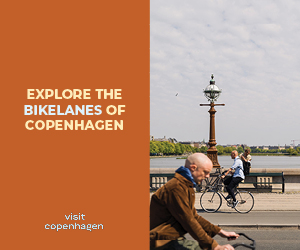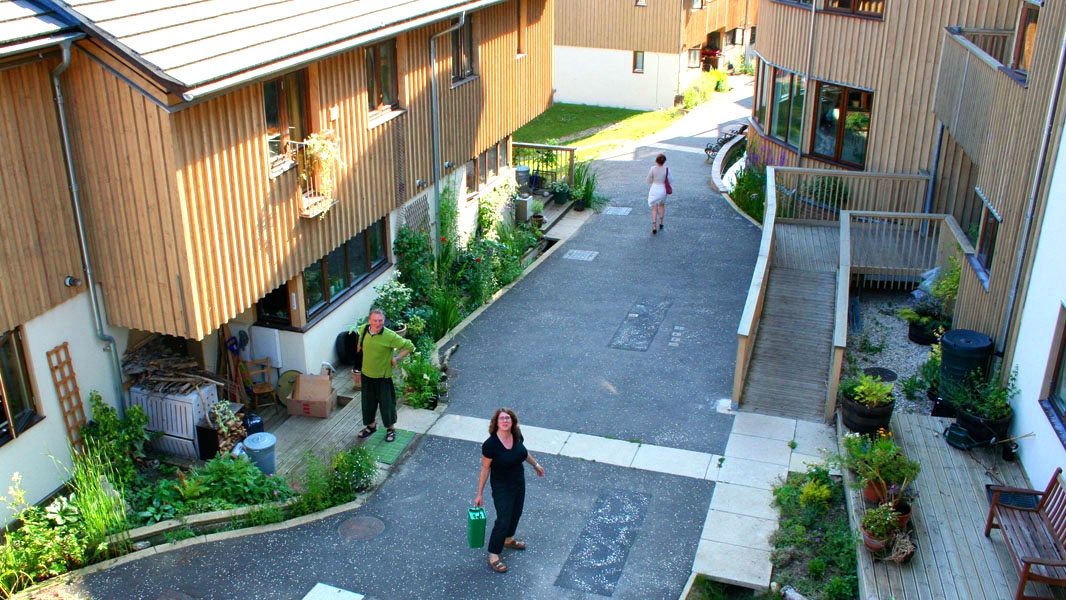Sublime: How and when did you start exploring the underwater world, and narrating your experiences through photography?
Troy Mayne: I started diving when I was 19. My first dive was off the Great Barrier Reef. It was mind-blowing. I was hooked! I knew immediately that I’d be diving for the rest of my life. It was after my first dive that I gave up eating all forms of seafood, a resolution I have kept to this day. Diving consumed all my spare time, and I soon progressed to become a dive master. A few years after certification I bought a professional underwater camera kit, and within six months had an article published in an international diving magazine.
S: You served in the Australian Army for ten years. What inspired your passion for the underwater world? What challenges did you face in your transition from soldier to underwater photographer?
TM: As a child living in a coastal city, as most Australians do, I spent a lot of time at the beach, and also in the bush, and have always had an affinity for animals. The Australian Army taught me leadership and good instructional techniques, as well as instilling in me a sense of adventure, which you need to be crazy enough to join the army in the first place. These skills easily transferred to scuba-diving. The next logical progression was to become a scuba instructor. As well as teaching civilians, I was also involved in Army Adventure Training, teaching diving to soldiers.
S: The quality of your images is almost out of this world. How far do you have to go to get that amazing image?
TM: It has taken me sixteen years of practice. It involves a lot of diving, skill, expensive equipment, patience and loads of luck! When you’re diving and engaging in underwater photography it’s like being in the army, on patrol. In the army you have to know your enemy, and be ready to engage different targets.
When diving, I have to know my subjects and be prepared for a myriad marine creatures that can jump out at any time. Other times, it’s like being a sniper, lying in wait for a long time for the perfect moment to take that shot. You have to be prepared to travel and to dive in all sorts of environments, even if you’re not in the mood, as with any job. It can mean diving in rough conditions or in the middle of circling sharks, but mostly it’s calming, relaxing and just an amazing experience.
S: In terms of location, do you go in search of a particular subject in a specific place, or do you get inspiration from the places themselves?
TM: I have dived in many different locations all over the world, but mostly in tropical environments: I have travelled throughout the Asia-Pacific region. Some locations do offer specific animals, but generally it’s just jumping in and trying your luck. That’s the attraction of diving for me – you don’t know what you’re going to see on any one dive. On every dive I have ever done (10,000 and counting), I have always been surprised by an animal or a behaviour I have never seen before. Every ocean, every dive site, has something to offer. You just have to learn to look a little closer.
S: Do you find that the subjects, and the images you get, are dependent on the weather and seasons?
TM: Generally most animals are territorial, and will be in a certain location permanently. There are certain species that migrate due to season or maybe a food source. Weather conditions are definitely determined by seasonal factors, but tropical coral reefs are diveable all year round. They may be subject to typhoons or cyclones –
a typhoon is the only holiday I get from diving.
S: What are your favourite subjects?
TM: That’s a tough one. I’m constantly in awe of everything I am fortunate enough to encounter, and there isn’t much I haven’t seen. I would have to say dolphins for their gentleness, intelligence and trusting nature, and Australian sea lions for their playfulness and entertainment value. To meet these animals, particularly for the length of time I have spent with them, has been an incredible experience. I had the rare opportunity to spend a few weeks with a mother dolphin and her newborn calf, in the wild. It didn’t take long to earn her trust, and for her to allow her calf to swim with me unguarded, unlike she normally would.
S: I have read about the ‘underwater’ and ‘topside’ levels, in photography. What is different about taking images on these two levels?
TM: Topside photography is anything above the ocean. I am also a topside photographer, and I can tell you that there is no photography as difficult as underwater photography. First, you don’t just have to be a photographer but a very good diver as well. If your buoyancy is poor, you will disturb the substrate, or seabed, and get particles in the frame causing backscatter, which looks like snow.
Second, photography equipment and seawater do not mix, so you have to be meticulous with preparation with equipment that costs five times more than typical topside photography equipment. Third, you have to contend with an alien environment, one that humans are not meant to be in. You have to deal with the motion of the ocean, which can make photography very difficult. Next are the subjects. You can’t use a telephoto lens to photograph subjects from a distance. Most underwater images are taken within one foot of the subject. It can be a challenge to get that close to any wild animal.
You also have a problem with light. Water absorbs light quite dramatically. For most photos, you are dependent on artificial light produced from strobes. Balancing the dramatic contrast between natural and artificial light is difficult.
S: What have been your most challenging images so far?
TM: I have written a series of children’s books using real photos of underwater characters from the Great Barrier Reef. The main characters are a giant fish named Wally and some turtles. The images are all real, unaltered images of the animals in amazing situations. The books took five years to photograph – I had to teach the animals to model. To date I have written 20 books. Some of them have human characters that interact with the animals. Several images took six-day weeks, with four hours of diving per day to get just a few images, using support and safety divers, to get the shots. When they say never work with animals or children, that’s good advice.
S: What has been your best experience so far?
TM: It has to be diving on the wreck of the Yongala on the Great Barrier Reef near Townsville. The ship was lost at sea in 1911 with 121 souls on board, and it wasn’t discovered until the mid-1960s. It’s rated as one of the ten best dives in the world. It’s a truly spectacular dive, with many incredible animals to see. I have been fortunate enough to have done quite a few hundred dives there, and recently dived it on the 100th anniversary of its sinking.
S: How have your experiences changed your perception of the natural world?
TM: My first dive completely changed my view of the natural environment, and every dive since continues to change it, particularly in the times we are living in. People don’t realise how quickly our planet, our oceans, are dying. I am involved in many projects where I have donated my images for the purposes of education, hopefully to change global perceptions. I’m in the mode of photographing what we have while we still have it. I hope that the world’s scientists are wrong, but I have seen the evidence myself over 20 years, and it is not good news. Only a complete reversal of current trends can solve the planet’s woes.
S: Who and what do you aspire to influence with your images?
TM: The marine life of our amazing blue planet inspires me to share the incredible encounters I have had, with as many people as possible. You can take great images with your bit of knowledge, with such awesome subjects. My images are my interpretation of the ocean and its inhabitants. There is a little artistry involved in presenting my perspective, but mostly I am just offering a view of nature as I see it through my camera lens.
I hope to inspire the ‘common person’ who doesn’t get to see what I have the privilege of seeing every day. I hope to encourage in that person a respect for the oceans. People don’t realise that everything we do on land directly and indirectly impacts our oceans, that what they are really hurting is themselves. Over 70% of the earth’s oxygen is regenerated through our oceans. Everything we pour down our sinks, throw out of the car windows or pump into the air ends up in our oceans. The sicker our oceans become, the more negatively affected the rest of the planet. You affect one tiny part of the waterways and you affect the whole ocean, in some way. Every single person can make a difference.













